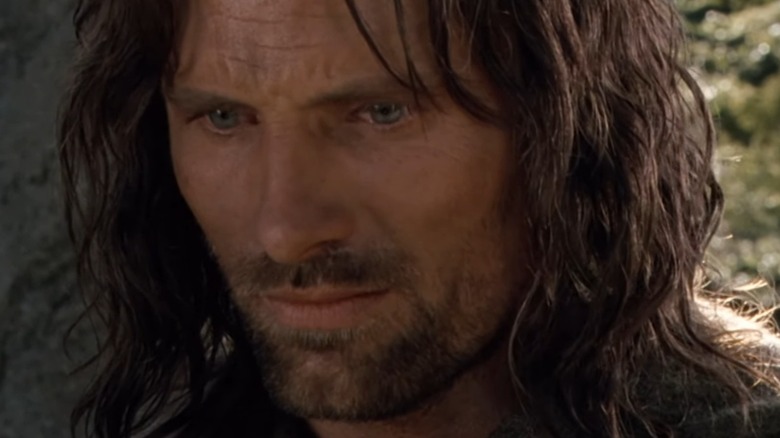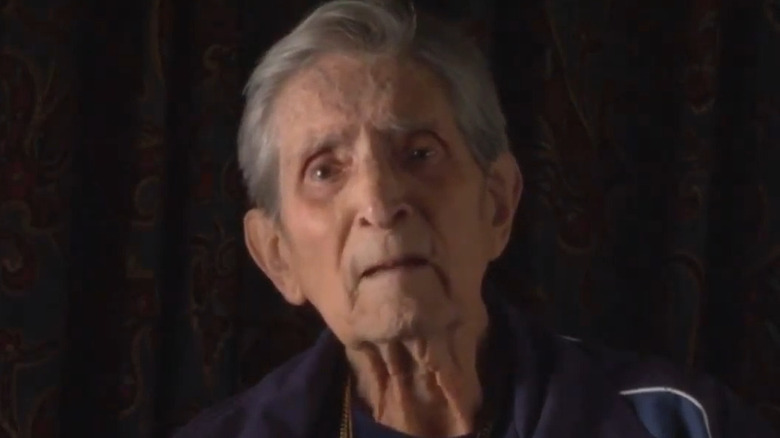The Lord Of The Rings' Battle Choreography Had Some Help From An Olympic Legend
For all its unique, creative decisions and incredible attention to detail, Amazon Prime's "The Lord of the Rings: The Rings of Power" has yet to recapture the magic of battle in the "Lord of the Rings" trilogy, where blades clash beneath a swell of triumphant music and somewhere in the background, there's probably a troll. That's not to say that the action is boring — Galadriel (Morfydd Clark) clearly knows how to handle a sword, and it's obvious that Arondir (Ismael Cruz Cordova) has watched "300" more than a few times. It's just that the physical conflicts depicted in "The Rings of Power" have yet to reach that scale.
All that being said, there is at least one evidence-based way to prove that this later project can never perfectly imitate what Peter Jackson's trilogy of films captured, and that's Bob Anderson, the late Olympic fencer who made a name for himself in cinema.
Bob Anderson shaped a generation of battle sequences
Robert James Gilbert Anderson, known professionally as Bob Anderson, was a competitive fencer who represented Great Britain in the Helsinki 1952 Summer Olympic Games (via The Washington Post). While he didn't take home the gold, his accomplishments were nonetheless reputable enough that he made an entire career out of it after his retirement from the sport. Among many other notable feats, his post-fencing journey took him to Hollywood, where he became a mainstay for fight choreography.
Anderson is credited as a sword master for "The Princess Bride," "The Three Musketeers," "Die Another Day," and yes, the entire "Lord of the Rings" trilogy. As if that weren't enough, he also pulled an "Avatar: The Last Airbender" and created a different sword fighting style for each of the sentient races of Middle-earth so that it would feel more real when they fought (via Lordoftherings.net). While not famous, the man had power — he literally shaped an entire generation of viewers' perception of what made a fight sequence look engaging.

